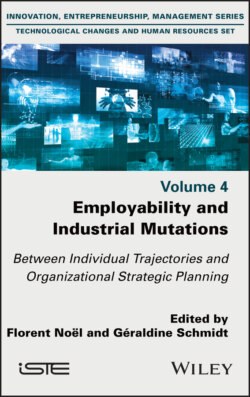Читать книгу Employability and Industrial Mutations - Группа авторов - Страница 19
1.1.2. From static to dynamic and from unilateral to interactive
ОглавлениеThe direction of the above evolution is easy to decipher. The first versions of employability, if we exclude E1, which remains dichotomous, have the characteristic of being in some way split between an activist bias centered on the individual (E2 and E3) and a fundamentally collective orientation (E4). It should also be considered that these three definitions of employability have little dynamic component. Even though rehabilitation pathways can be developed from E2 and E3, these definitions start from a number of requirements and performances to be improved and draw up a list of priorities to be achieved, taking the state of the labor market as an exogenous data. Symmetrically, E4 does not question individual initiatives, and highlights macro-economic dependencies to the point of exonerating individuals from any adaptive responsibility beyond duly listed and previously accepted actions. Let us caricature: these three versions are at once one-sided, instantaneous and ultimately static.
Let us leave aside E5, which we have seen to have no causal or political orientation, and focus on E6 and E7. These last two versions precisely seek to articulate what remained unilateral in the previous versions: we can consider that they are interactive from the outset, and bring to the forefront the requirement of situated adaptation. And they introduce a dynamic dimension by mobilizing both the idea of human capital and that of social capital, whether they are situated in a flexible market framework (E6) or in a more complex institutional framework (E7).
Table 1.1. Two generations of employability
| DimensionTemporality | Individual | Interactive | Collective |
| Instant; 1960s | E2. Socio-medical employabilityE3. Employability – “workforce policy” | E4. Employability-Flow | |
| Dynamic; 1990s | E6. Employability-initiativeE7. Interactive employability |
It is thus possible to position five of the seven employability skills in a simple table (see Table 1.1) contrasting two generations, that of the 1960s and that of the 1990s. E6 is more on the individualistic side of interactions insofar as it is based on the primacy of flexible market adjustments, whereas E7 is closer to more collective dimensions, bringing into play more varied institutional adjustments.
